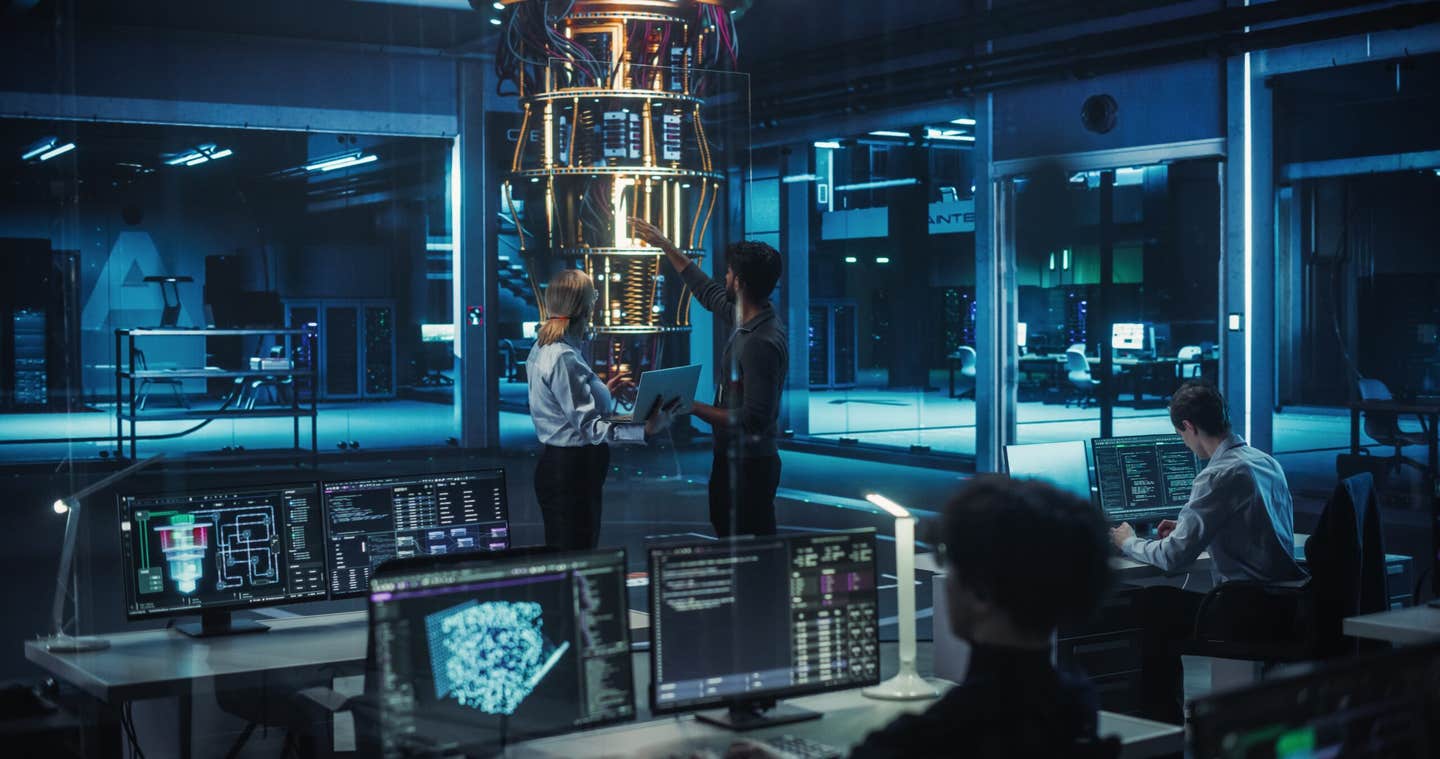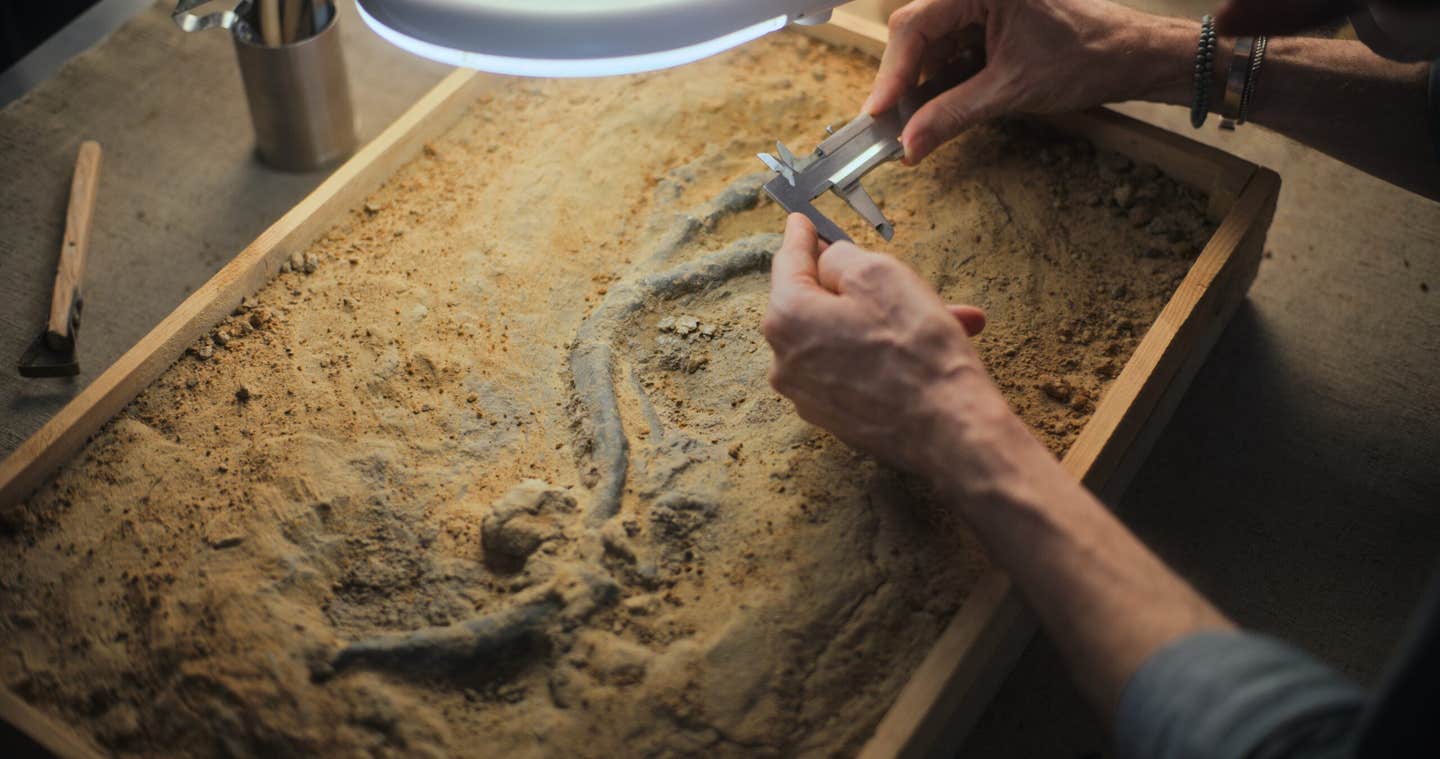Caltech researchers use sound to extend quantum data storage 30x longer
Caltech team uses sound to extend quantum data storage 30 times longer, paving the way for powerful quantum computers.

Caltech researchers have developed a sound-based quantum memory that stores information 30 times longer than leading superconducting qubits. (CREDIT: Shutterstock)
In the fast-evolving world of quantum computing, one of the biggest hurdles isn’t how fast calculations can be done—it’s how long you can hold onto the delicate quantum information in the first place. While superconducting qubits, the workhorses of many quantum systems, can process information at lightning speed, their ability to store it is far from ideal. That’s where a new approach from Caltech researchers steps in, using sound to give quantum data a far longer life.
Superconducting qubits excel in the microwave domain, performing logic operations using electrons that flow without resistance at ultracold temperatures. These tiny powerhouses rely on a strange principle called superposition, where a qubit can exist as both a 0 and a 1 at the same time, enabling quantum computers to tackle problems that would stump even the fastest traditional machines.
But when it comes to keeping that information stable for future use, these qubits struggle. That’s why scientists have been exploring the idea of “quantum memories” that can hold onto fragile quantum states for much longer periods.
From Electric Signals to Mechanical Motion
The Caltech team, led by graduate students Alkim Bozkurt and Omid Golami under the supervision of Mohammad Mirhosseini, assistant professor of electrical engineering and applied physics, has found a way to store quantum data by turning it into mechanical vibrations. Their work, published in Nature Physics, involves a hybrid system that translates electrical information from a superconducting qubit into sound waves—more precisely, into quantized vibrations called phonons.
The researchers fabricated a superconducting qubit directly onto a chip and connected it to a mechanical oscillator, which functions a bit like a microscopic tuning fork. This device has flexible plates that vibrate at gigahertz frequencies—far faster than anything you can hear. When charged, these plates can exchange quantum information with the qubit, storing it as vibrations and releasing it later on demand.
Related Stories
- Scientists unlock the full power of quantum computing with neglected particles
- Quantum breakthrough enables scientists to reverse the flow of time
What makes this approach so promising is the remarkable lifespan of the stored information. “It turns out that these oscillators have a lifetime about 30 times longer than the best superconducting qubits out there,” Mirhosseini explains. The system achieved an energy decay time of about 25 milliseconds—an enormous leap compared to the fleeting lifetimes of qubits alone.
Why Sound Beats Speed in This Case
While electromagnetic signals travel incredibly fast, they also interact with their surroundings in ways that make quantum states decay quickly. Acoustic waves, on the other hand, move much slower and don’t radiate into free space. This helps trap the energy inside the device and minimizes unwanted interference from nearby components. It also means that multiple oscillators could potentially be integrated on a single chip, paving the way for scalable quantum memory systems.
The Caltech team didn’t stop at just demonstrating long storage times. They also tackled the problem of mechanical decoherence—the gradual loss of stored information—using quantum control techniques. By applying a two-pulse dynamical decoupling sequence, they were able to extend the oscillator’s coherence time from 64 microseconds to 1 millisecond, making it even more useful as a reliable memory element.
The Road to Faster Access
While the results are impressive, Mirhosseini says there’s still work ahead before the technology can be fully integrated into large-scale quantum computers. Right now, the process of writing and reading data from the mechanical oscillator is slower than ideal. “For this platform to be truly useful for quantum computing, you need to be able to put quantum data in the system and take it out much faster,” he says. Achieving that will require boosting the interaction rate between the qubit and the oscillator by at least a factor of three to ten—a challenge the team believes is within reach.
This work also fits into a larger push toward hybrid quantum systems, which combine the strengths of different physical platforms. Microwave photons in superconducting circuits are great for performing operations, while phonons in mechanical systems excel at holding onto information. Bringing them together could unlock new possibilities not just for computing, but also for highly sensitive measurements and new types of quantum communication devices.
Past Studies and Findings
Earlier work from Mirhosseini’s group demonstrated that phonons—particles of vibration—could act as effective storage media for quantum information. These earlier experiments, done in classical settings, confirmed that such devices could operate at the same gigahertz frequencies as superconducting qubits and perform well at ultralow temperatures.
In the broader research community, other approaches have included piezoelectric mechanical oscillators connected to superconducting qubits, part of a field known as circuit quantum acoustodynamics. These systems allow the exchange of microwave photons and phonons, but integrating piezoelectric materials has proven challenging, and lifetimes for stored information have often been shorter than the best electrical systems.
Some researchers have explored using radiation-pressure forces to link mechanical systems with electromagnetic ones, but this interaction is naturally weak and requires careful enhancement. Despite these hurdles, hybrid systems remain an attractive goal because they combine complementary advantages of different quantum platforms.
Practical Implications of the Research
If refined further, this technology could become a cornerstone for future quantum computers, giving them the long-term memory they currently lack. That would allow quantum processors to store intermediate results while they work on other parts of a complex problem, or to pause and resume calculations without losing progress.
Beyond computing, mechanical quantum memories could find use in quantum sensing, where the ability to hold onto a signal for extended periods could improve measurement precision. They might also play a role in quantum communication networks, where data needs to be stored briefly while waiting to be sent or received. In all these cases, the ability to integrate many oscillators on a single chip makes the approach especially appealing for scaling up to practical, real-world systems.
Note: The article above provided above by The Brighter Side of News.
Like these kind of feel good stories? Get The Brighter Side of News' newsletter.



